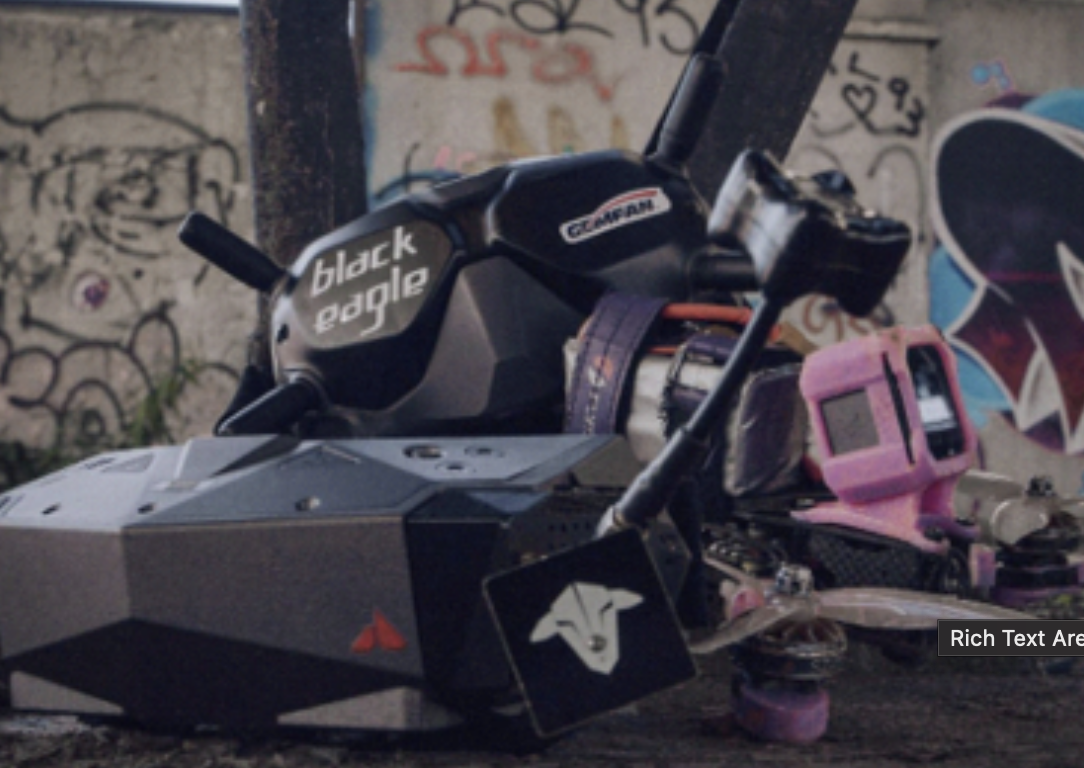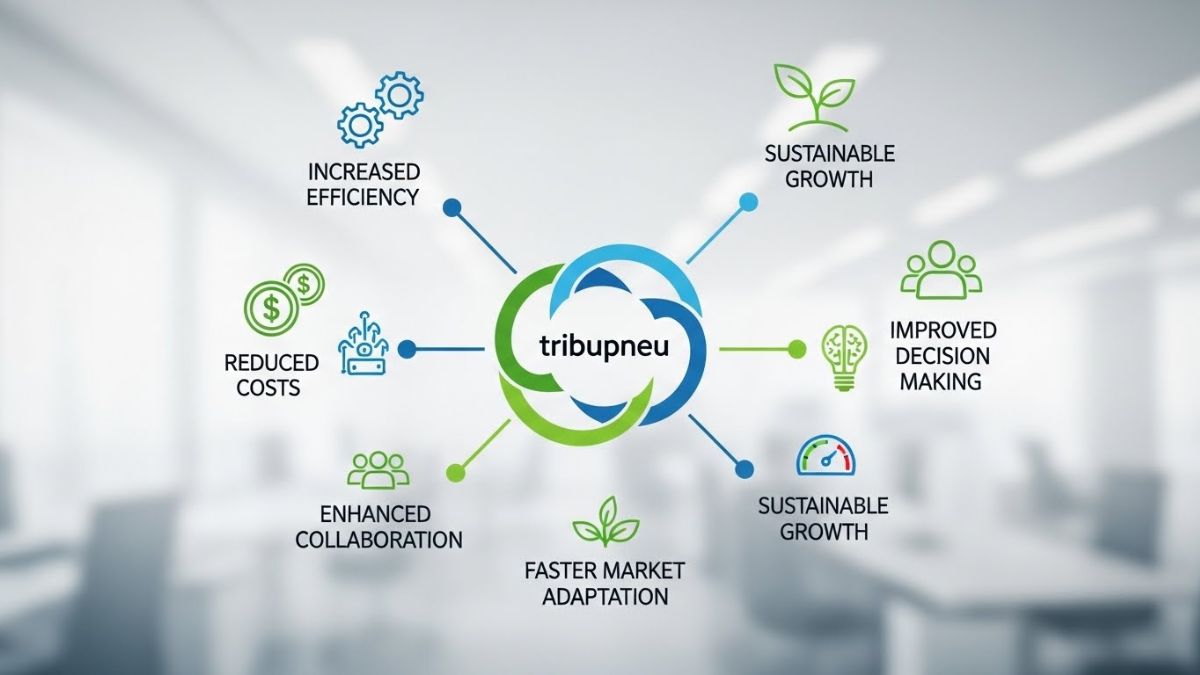If you’re diving into the world of First-Person View (FPV) drones, then FPV goggles are a must-have accessory. FPV goggles allow you to experience immersive, real-time drone flights as if you were soaring through the skies yourself. In this guide, we’ll help you understand what to look for in FPV goggles and share MEPSKING’s top picks to help you find the perfect pair for your needs. Whether you’re a beginner or a seasoned FPV pilot, this article is your one-stop guide to choosing the best FPV goggles.
Introduction
FPV drone flying is more than just a hobby; it’s an experience. With the right FPV goggles, you can feel the thrill of flight from the pilot’s seat, immersing yourself fully in each maneuver. However, choosing the right goggles can be a bit daunting, especially with so many options on the market. MEPSKING, your trusted source for FPV equipment, is here to help you find the best FPV goggles that will meet your needs, whether you’re into freestyle flying, racing, or capturing cinematic shots.
Let’s dive into the factors you need to consider and discover some top picks from MEPSKING’s e-commerce platform.
Key Considerations for Choosing FPV Goggles
Before jumping into our top recommendations, it’s essential to understand what makes FPV goggles ideal for your specific needs. Here are some critical factors to consider:
1. Resolution and Screen Quality
- Why it Matters: The resolution and display quality of your FPV goggles are crucial for a clear, immersive viewing experience.
- What to Look For: Aim for goggles with at least 800×600 resolution, though higher resolutions (such as 1080p) offer a sharper view. Some advanced goggles also offer OLED screens for more vibrant colors and deeper contrasts.
2. Field of View (FOV)
- Why it Matters: A wider field of view (FOV) can make your FPV experience more immersive.
- What to Look For: Look for a FOV between 30 to 50 degrees. Beginners may prefer a slightly lower FOV for ease of control, while advanced pilots often enjoy wider fields for a more encompassing view.
3. Analog vs. Digital Transmission
- Why it Matters: Analog transmission is more affordable and widely compatible with most FPV systems. Digital, on the other hand, provides clearer video feeds but can be more expensive.
- What to Look For: If budget allows, digital systems like DJI are a great choice for high-resolution, low-latency feeds. However, analog systems remain popular for their affordability and extensive compatibility.
4. Comfort and Fit
- Why it Matters: Comfort is essential, especially if you’re planning on long flying sessions.
- What to Look For: Choose goggles with adjustable head straps, soft foam padding, and an ergonomic design. Some models also offer IPD (Interpupillary Distance) adjustments for a better fit.
5. Budget
- Why it Matters: FPV goggles vary greatly in price, and while higher-end options offer better quality, there are budget-friendly models with excellent value.
- What to Look For: Determine your budget range and consider what features are essential for your flying style.
6. Battery Life and Power Source
- Why it Matters: Longer battery life means more uninterrupted flying time.
- What to Look For: Check the battery life specifications and whether the goggles use internal batteries, external power packs, or allow USB charging.
MEPSKING’s Top Picks for FPV Goggles
At MEPSKING, we offer a variety of high-quality FPV goggles to suit different needs and budgets. Here’s a look at our top picks:
1. DJI FPV Goggles V2
- Best for: High-quality digital transmission and HD resolution.
- Why We Recommend It: Known for crystal-clear image quality, the DJI FPV Goggles V2 is perfect for pilots who want an advanced digital experience. The 1440×810 HD resolution and wide FOV deliver an immersive, lag-free experience.
- Ideal For: Professional FPV drone pilots and videographers.
2. Fat Shark Dominator HDO2
- Best for: Versatile analog compatibility and OLED display.
- Why We Recommend It: The Fat Shark HDO2 is a favorite among analog users for its high-quality OLED display and customizable fit. It offers sharp, vibrant colors and a wide FOV of 46 degrees.
- Ideal For: Pilots who want excellent analog performance with advanced features.
3. Skyzone SKY04X
- Best for: Excellent image quality with built-in receiver.
- Why We Recommend It: With a 1280×960 OLED display, the Skyzone SKY04X delivers clear, high-resolution visuals. Its built-in diversity receiver provides reliable signal reception, and the adjustable IPD and head tracker add extra convenience.
- Ideal For: Intermediate to advanced pilots who prioritize image quality and comfort.
4. Eachine EV800D
- Best for: Budget-friendly with great performance.
- Why We Recommend It: The Eachine EV800D is a popular choice for beginners due to its affordability and solid performance. It features a built-in DVR, 800×480 resolution, and an integrated diversity receiver for stable video feeds.
- Ideal For: New FPV pilots who want an affordable, reliable option.
5. Orqa FPV.One
- Best for: Premium build quality and modular design.
- Why We Recommend It: The Orqa FPV.One is designed for serious FPV enthusiasts. It boasts an ergonomic fit, high-quality OLED screens, and modular capabilities, meaning you can customize it to fit your needs.
- Ideal For: Experienced pilots looking for long-term, high-quality gear.
How to Purchase Your FPV Goggles on MEPSKING
MEPSKING’s e-commerce platform makes it easy to find and purchase the perfect FPV goggles. Simply visit our site, browse our extensive selection, and choose a model that suits your needs. You can filter by brand, price, and features to quickly find your ideal option. We offer competitive pricing, fast shipping, and a customer support team ready to assist with any questions you may have.
FAQs about FPV Goggles
1. What is the difference between analog and digital FPV goggles?
- Answer: Analog FPV goggles transmit video in real time but with lower image quality. Digital FPV goggles, like DJI models, provide higher resolution and clearer feeds, but they can be more costly and may have a slight delay.
2. Can I use any FPV goggles with any drone?
- Answer: Compatibility depends on the transmission system. Analog goggles are compatible with most analog drones, while digital goggles, like DJI, are usually limited to compatible digital transmission systems.
3. Are there FPV goggles suitable for people who wear glasses?
- Answer: Yes, some FPV goggles have adjustable diopters or enough space to wear thin-frame glasses. However, others recommend using contact lenses for a more comfortable fit.
4. How important is FOV in FPV goggles?
- Answer: The FOV (Field of View) affects how much of the scene you can see at once. A higher FOV is more immersive, but it can be disorienting for beginners. Look for a balance that feels comfortable for you.
5. How long do FPV goggles’ batteries last?
- Answer: Battery life varies depending on the model and settings, ranging from 1 to 2 hours on average. Some models allow for external power sources, so you can swap batteries for extended use.
Conclusion
Choosing the best FPV goggles can make all the difference in your flying experience. Whether you’re just starting or looking to upgrade, MEPSKING has the right FPV goggles for every budget and skill level. From the budget-friendly Eachine EV800D to the high-tech DJI FPV Goggles V2, there’s an option for every type of pilot. Explore MEPSKING’s selection today to find the perfect pair and take your FPV flights to new heights. Happy flying!











